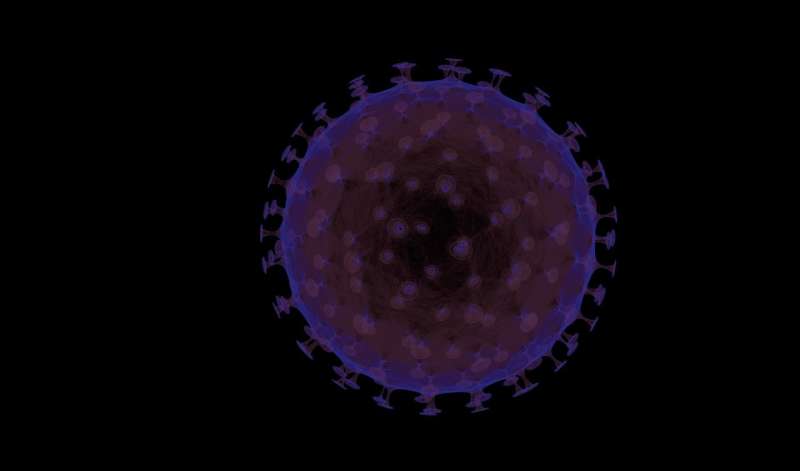Credit: CC0 Public Domain
Hand, foot, and mouth disease (HFMD) is a common childhood viral infection that is most common in warmer summer months. A new International Journal of Dermatology review of published studies reveals a positive relationship between HFMD and temperature and humidity. No significant relationship was identified between HFMD and precipitation, wind speed, and/or sunshine.
The findings suggest that global warming may impact the rates of HFMD, both by prolonging the duration of outbreaks during peak seasons and by increasing the likelihood of HFMD transmission throughout the year.
"There is an emerging understanding of the link between our changing climate and the rising incidence of various infectious diseases. Many of these changes are so insidious that they are hard for the average practitioner to detect at the individual level," said lead author Dr. Sarah Coates, of the University of California, San Francisco. "We hope to raise awareness within the medical community of these largescale trends and spur appropriate political action given their potential consequences to public health."
More information: Sarah J. Coates et al, Temperature and humidity affect the incidence of hand, foot, and mouth disease: a systematic review of the literature - a report from the International Society of Dermatology Climate Change Committee, International Journal of Dermatology (2018). DOI: 10.1111/ijd.14188
Provided by Wiley





















